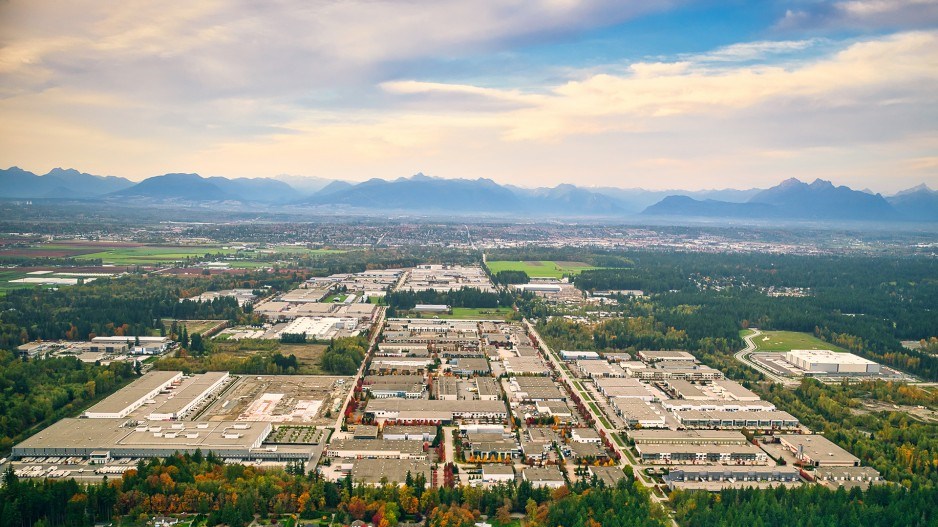Although the U.S. and China recently put a three-month pause on steep reciprocal tariffs, Vancouver’s industrial real estate market is feeling the heat as many goods are temporarily diverted to the region.
On May 12, U.S. President Donald Trump and Chinese officials announced reduced tariffs for 90 days, signalling a potential resolution to their trade conflict. The U.S. agreed to drop its 145-per-cent tariff rate on Chinese goods to 30 per cent, while China agreed to lower its rate on U.S. goods to 10 per cent.
Still, some logistics firms are not taking any chances, said Susan Thompson, Vancouver-based associate research director with Colliers Canada.
“Because we’re a port city here in Vancouver and we’re a large distribution hub for Canada, there’s actually goods that were destined for the U.S. coming out of China that are now being diverted to Canada because they don’t want to pay the tariffs in the U.S.,” she said.
As a result, third-party logistics (3PL) companies are looking for extra space so that they can store these goods, some of which could ultimately be liquidated locally.
“It’s likely a temporary scenario, because if the tariffs drag on they won’t be sending those goods, … but in the short term there are definitely companies looking for more space here in Vancouver to try and store goods,” she said.
Some Asian 3PL firms are actively working on creating “tariff-offset solutions” aimed at facilitating their supply chains into the U.S., said Bart Vanstaalduinen, executive managing director with Newmark Group Inc., in a statement.
This trend reflects the “strategic adjustments” being made by the firms to navigate the complexities of tariffs while capitalizing on Vancouver’s advantageous position as a gateway to North American markets, he said.
“This surge in 3PL activity underscores the city’s growing importance as a logistics hub, driven by its proximity to the U.S. border and robust infrastructural capabilities,” he said.
Fortunately, the first quarter of 2025 saw a sizable increase in local industrial supply, providing additional capacity.
Q1 2025 saw deliveries surpassing 2.1 million square feet, triple the average of the past four quarters and double the five-year quarterly average, according to Colliers’ first-quarter industrial report.
However, the construction pipeline has thinned “dramatically,” with projects under development declining 35 per cent quarter-over-quarter to 4.8 million square feet, the Colliers report noted.
“Developers are adjusting their strategies by delaying new projects until demand fundamentals stabilize,” said the report.
For now, Thompson said last quarter’s deliveries can go some way toward accommodating a surge of Chinese imports.
“It can certainly help, because it helped buoy our vacancy rate, and there hasn’t been as much activity as there was in the past,” she said.
“If we do see an influx of these companies trying to find storage, we have a little bit of capacity for them at this time.”
Meanwhile, the local industrial segment may see rental rate growth in the future after a period of soft and static rents.
Vancouver boasts a persistently tight market, said Vanstaalduinen. As a result, Vancouver industrial is well-positioned for future rental rate growth despite short-term economic uncertainty, he said.
“This growth is likely to surprise many market participants, as we project rents to increase substantially over the next five to 10 years,” he said.
Vanstaalduinen attributed the anticipated increase primarily to supply-side constraints. The limited availability of developable industrial land, coupled with developers’ hesitation to initiate speculative projects due to economic uncertainties, may be worsening the supply crisis.
These dynamics are set to drive up rents over the medium to long term, he said, as the gap between demand and supply widens. As a result, he expects Vancouver’s industrial market to remain competitive, with significant upward pressure on rental values.
“This trend mirrors the residential rental market, where the current lack of development is expected to result in future supply shortages,” he said.




